For thousands of years, the rainforests of Belize have been nature’s pharmacy for the local people and even for the world. To this day over 25% over the world’s pharmaceutical drugs are derived from exotic plants found in the jungles of Belize and other tropical realms. Locally referred to as “bush medicine”, the use of various plant roots, flowers, barks, seeds, and leaves to cure common ailments and as preventatives for major illnesses such as cancer is common practice in Belize.
Many Belizean prefer to try their herbal medicines before going to the hospital. Some of the most common roadside and backyard shrubs, plants, and vines and used throughout the country grow along the roadside, in people’s yards, and in empty lots, making for easy and accessible homeopathic cures. In many cases, herbal cures are combined with mental and spiritual cleansing and healing practices. The ancient Maya goddess, Ix Chel, represented the powers of the medicinal world and healing.
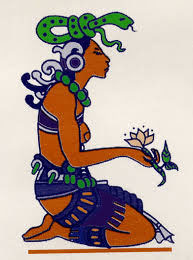
Here are some of the most commonly used backyard medicines:
Sorosi
The most renowned plant medicine of Belize is “sorosi”, also called “condiamor”. This vine is used as a household tonic for the treatment and prevention of parasites and dysentery, and for the treatment of delayed or painful menses. A handful of leaves is boiled in 3 cups of water for 10 minute; the patient then drinks 1 cup of this three times per day for ten days. Bathing in a tea of sorosi is a treatment for ticks or lice. This plant may have some activity against diabetes.
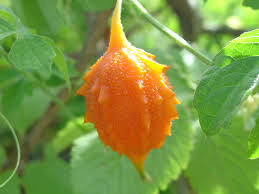
Jackass Bitters (Neurolaena lobata)
Jackass Bitters is a well-respected plant that has been used widely in traditional Central American medicine. It has yellow flowers and bitter-tasting leaves which contain a potent anti-parasitic agent (sesquiterpene dialdehyde) that is active against amoebas, candida, giardia and intestinal parasites. Traditionally, the herb is taken internally as a tea or a wine or used topically to bath wounds and infections, or as a hair wash to get rid of lice.
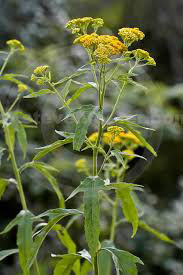
China Root (Dioscorea villosa)
This is a Wild Yam which has anti-spasmodic as well as anti-inflammatory properties and therefore aids and soothes with numerous afflictions. Such as, muscular spasms and all types of cramping, labor pains, arthritis, colic, irritable bowel syndrome, diverticulitis, gall bladder, flatulence and gastric ailments, menopause symptoms and menstruation pains and bloating. These ailments are usually treated with infusions prepared from boiling the dehydrated roots that have been harvested in the autumn or by including the root extract in ointments, creams and capsules. In the laboratory Wild Yam can be chemically converted to progesterone contraceptives and cortisone. Wild Yam is not a form a hormone replacement nor a reliable birth control, though rumor believes it to be.
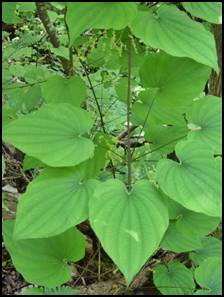
Piss A Bed, Senna alata, Caesalpiniaceae
This is a flowering shrub, producing racemes of yellow flowers and can be found in yards and disturbed forests. Great name! Derived from its use as a traditional remedy to help urinary tract conditions. Throughout the day, one should sip on three cups of tea made from boiling and steeping the flowers. Drinking a leaf tea can help kidney ailments and liver congestion. Fresh juice from the leaves should be applied to skin diseases such as scabies and ringworm. In Guatemala, its common name is “Ringworm shrub”.
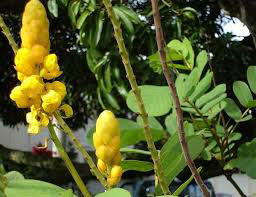
Contribo (Aristolochia grandiflora)
Contribo is a fascinating plant if for no other reason than that the huge flower smells like rotting meat. And as you might expect – it is fertilized by a fly! In Belize it is a popular remedy for colds and flu, stomach ache, and indigestion. It may be used as a tea, or is frequently seen soaking in rum as a “bitters” or, in Kriol, “bittas”. One can go into many bars and order a shot.

